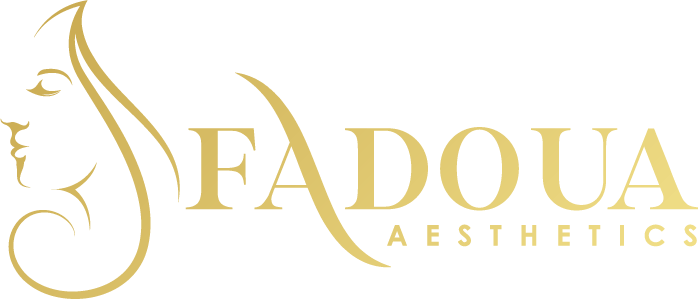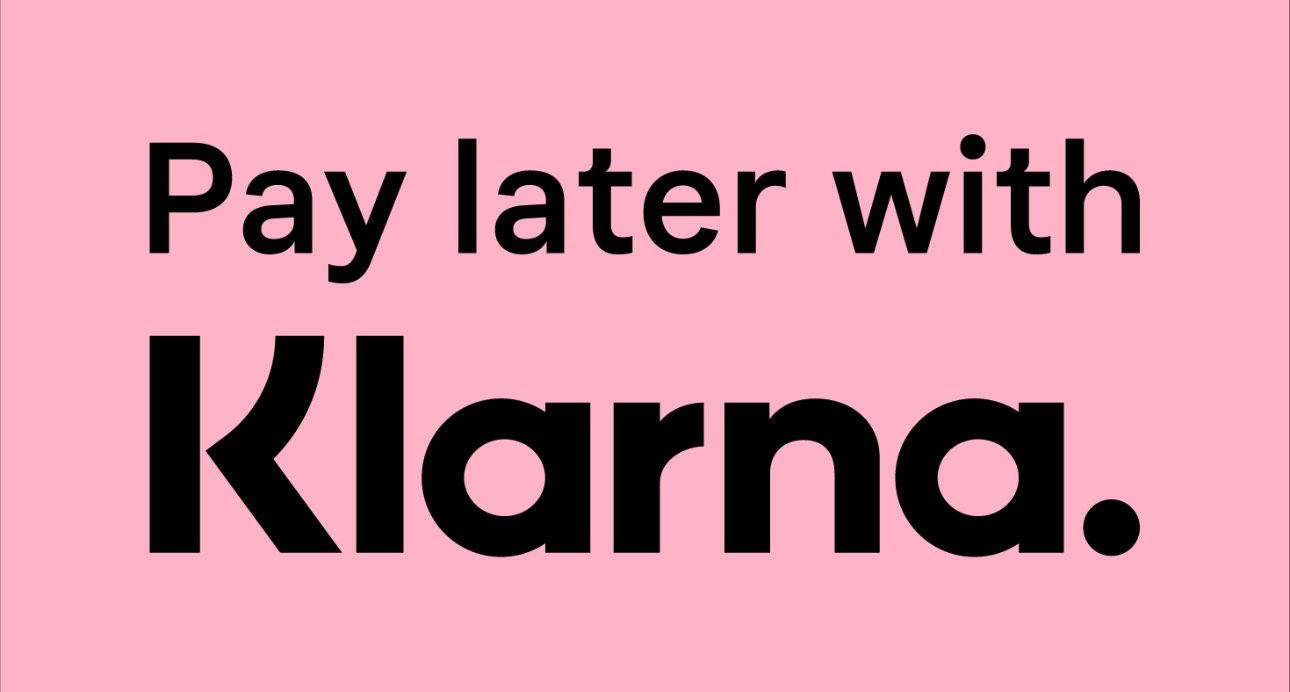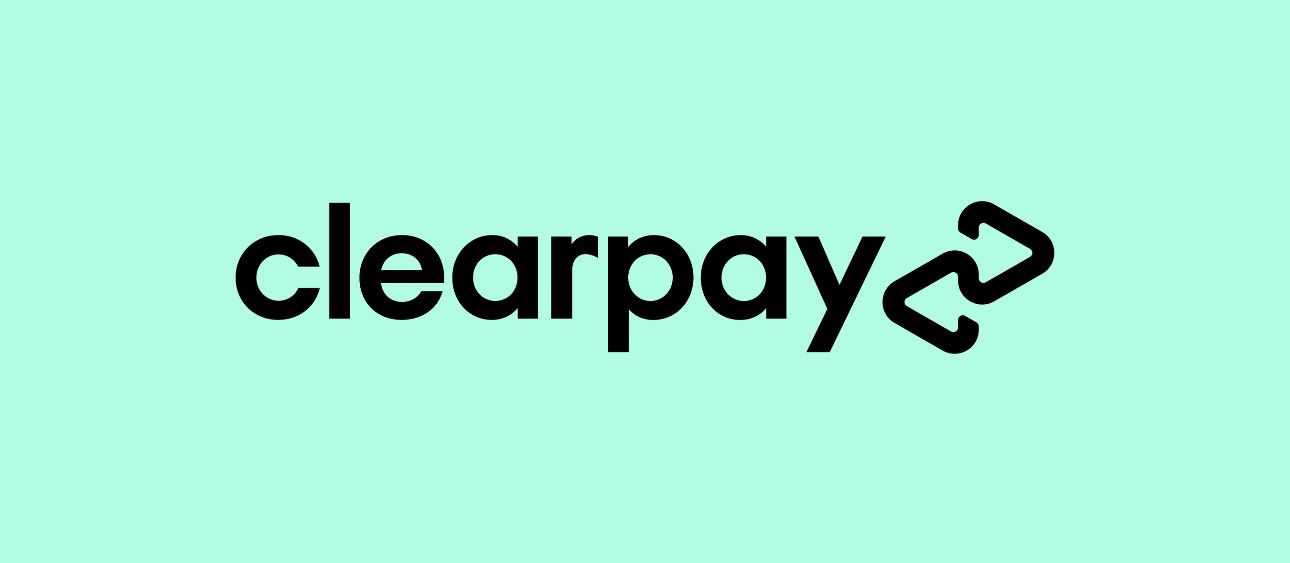Platelet-Rich Plasma (PRP)
Platelet Rich Plasma (PRP) therapy, also known as The Vampire Facelift®, stimulates new tissue growth in the skin, giving it a healthy, youthful appearance.
A small amount of the patient's blood is drawn and the plasma is separated from the rest of the blood using a centrifuge to create platelet-rich plasma. Following that, the plasma is injected into the area of concern, where the platelets release their growth factors.
PRP improves the texture and tone of the skin and regenerates collagen, assisting in the reduction of wrinkles and lines, the treatment of blemishes, the improvement of scarring, and the restoration of a healthy, youthful glow.
Prices
- £250 - PRP Vampire Facial
- £250 - PRP Hands per session
- £250 - PRP Neck per session
- £250 - PRP Scalp for Hair Loss per session
- £700 - PRP 3-session course for any of the above areas
- £200 per session - PRP Under Eyes Rejuvenation
Please note a number of treatments for PRP may be required for optimal results
What Areas Can Be Treated With PRP?
Around the eyes, jawline, cheeks, forehead, nasolabial lines, marionette lines, and neck are frequently treated areas.
How Does PRP Work?
When PRP is re-injected into the skin, platelets release growth factors. This aids in the healing process and stimulates the production of collagen. Collagen, which is naturally occurring in the body, is the building block of a youthful appearance. Collagen production decreases as we age, resulting in diminished volume, lines, and wrinkles. PRP promotes even skin tone, reduced scarring, and improved skin texture, resulting in healthy, resilient, and hydrated skin.
What Is Plasma?
Plasma is the clear liquid portion of blood that remains after the removal of all other cellular components. Plasma serves a variety of functions in the body, including disease prevention, healing, and hydration. Plasma is used to suspend a high concentration of your own platelets during PRP treatment.
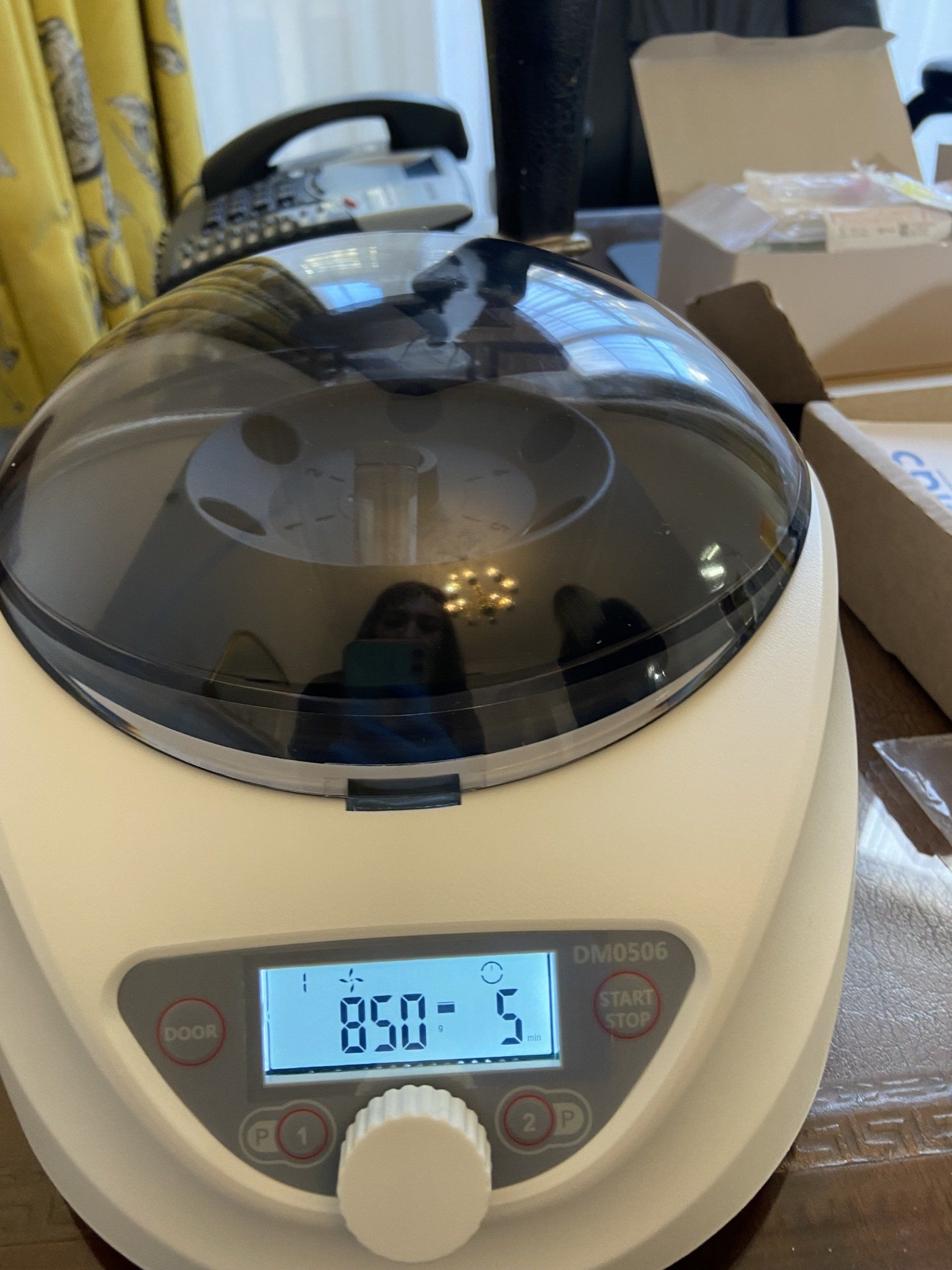
Platelets - What Are They?
Platelets are small blood cells that contain a high concentration of growth factors that aid in the healing of injured tissue or damaged skin. Blood clotting requires platelets.
What Are The Benefits of PRP Therapy?
PRP improves the texture and tone of the skin and regenerates collagen, assisting in the reduction of wrinkles and lines, the improvement of skin texture around the delicate eye area, the treatment of blemishes, and the improvement of scarring, and the restoration of a healthy glow.
- Improve your hair
- Reduce Wrinkles
- Plump up Sagging Skin
- Get rid of deep creases
- Improve one's complexion
- Diminish acne scars
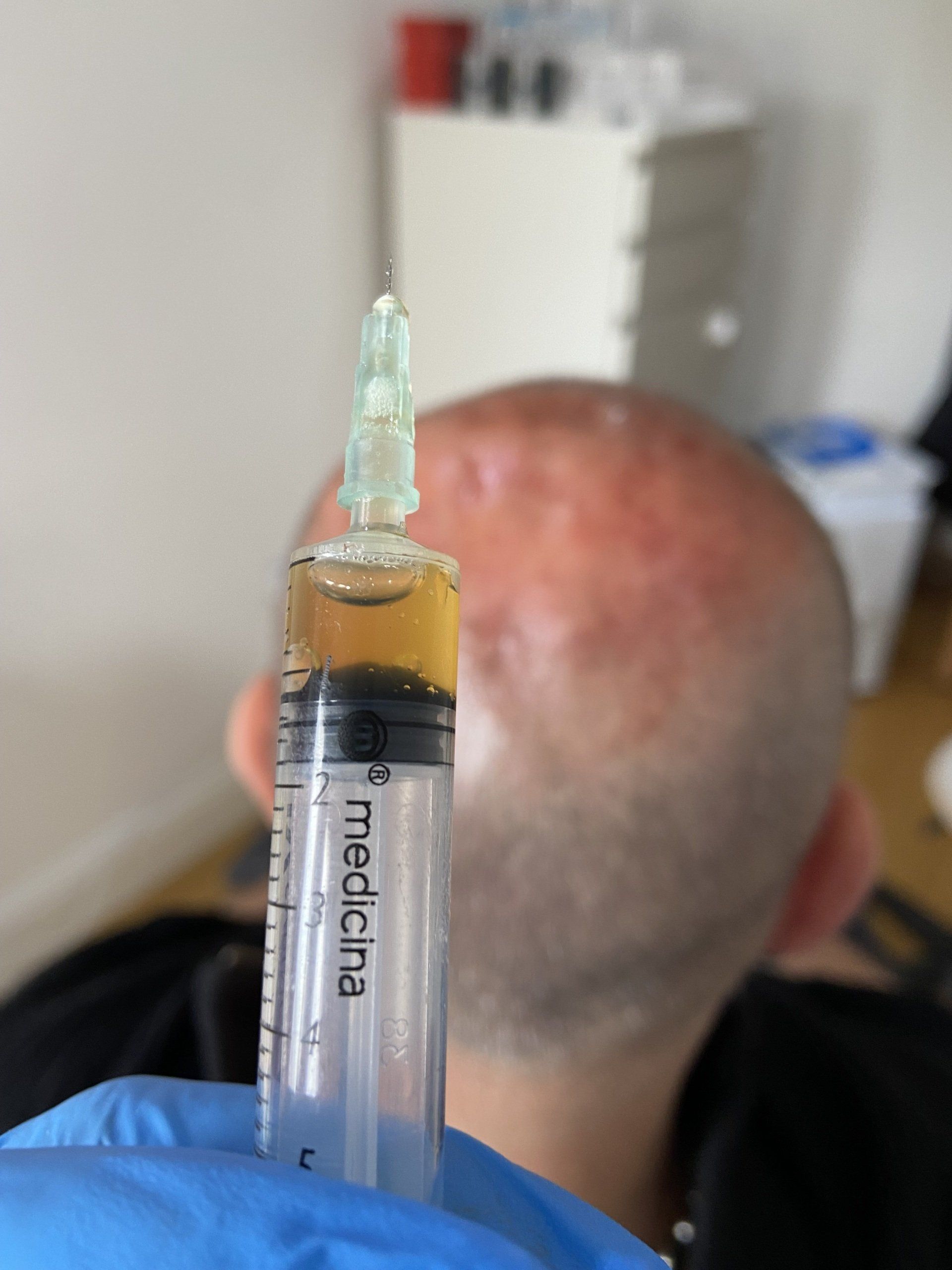
What Is PRP Therapy?
Before
We will discuss your specific concerns and expectations during the consultation and will inform you of any risks associated with the treatment. Following the consultation, a mild numbing cream will be applied to the injection site for 30 minutes to provide additional comfort. During this time, a 10ml blood sample will be taken from your arm. This will be centrifuged to separate the platelets from the rest of the blood cells, thereby creating your own Platelet Rich Plasma
During
Following the numbing cream's effect, your own platelet-rich plasma is re-injected using a very fine, sterile needle. Multiple injections are required to improve the area of concern on an overall basis.
After
Bruising, swelling, and redness are all common in the immediate aftermath of the procedure. The majority of side effects will subside within a few days, and the majority of people will feel confident enough to return to work the following day. The effects of PRP therapy become visible gradually over several weeks following your initial treatment, as collagen production increases.
How Long is PRP Therapy Effective?
Following a complete course of treatment (3 treatments spaced 4–6 weeks apart), the effects of PRP therapy can last up to 18 months. A single treatment should last several months.
Is PRP available to everyone?
Regrettably not. PRP therapy is contraindicated in patients with abnormal platelet function, clotting disorders, or chronic liver disease. Please keep in mind that you must disclose any pertinent medical history during your consultation.
Does PRP Therapy Require Pain Relief?
Prior to treatment, light numbing cream is applied to the area to make it more comfortable. The majority of clients experience only mild discomfort as a result of the injections, which is only temporary.
Is there a risk associated with PRP Therapy?
Because you are using your own blood and not any foreign substances, there are very few side effects. Bruising, swelling, and tenderness may occur as a result of the injection process. Due to the fact that the platelets are the patient's own, there is no risk of infection or allergic reaction. The risk of infection is minimised by using sterile techniques and equipment.
